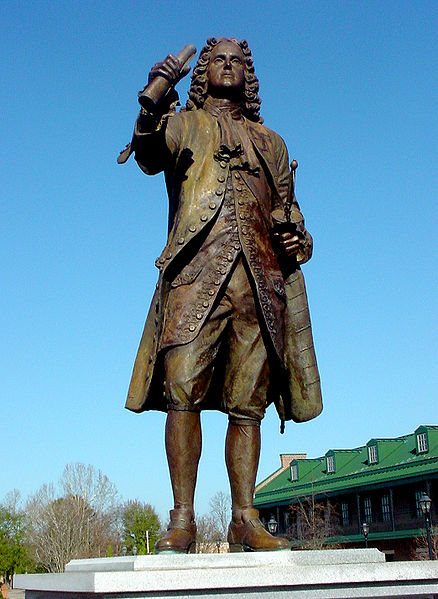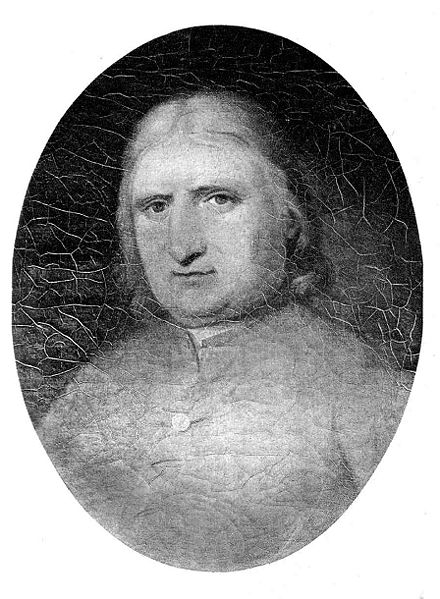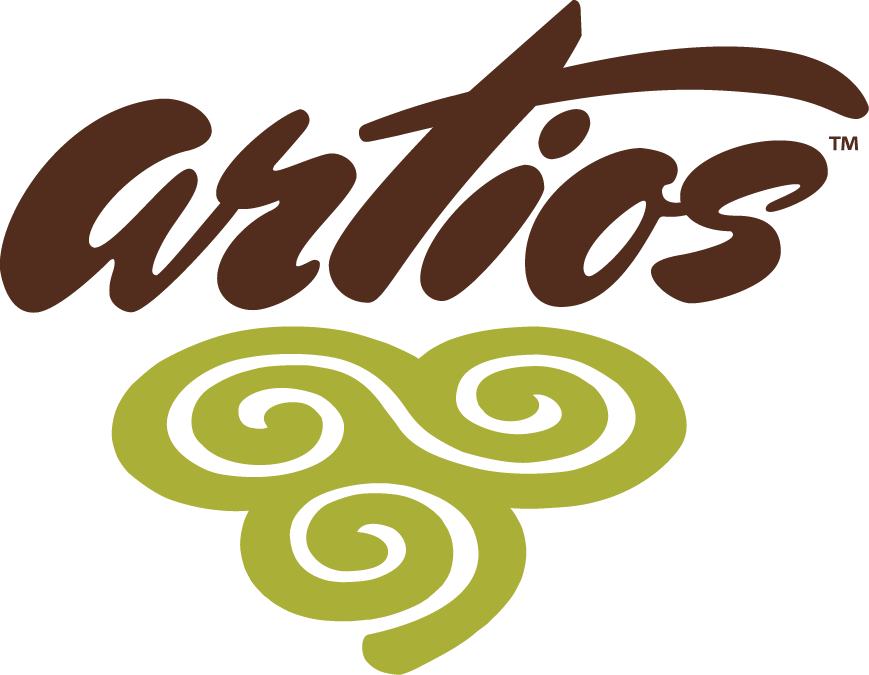[precontent]
[one_third]
Unit 10: Colonies in the New World, Part II
[/one_third]
[two_third_last]

[/two_third_last]
[/precontent]
[three_fourth]
[box]
[box_header]
Unit 10 [flag bg_color=”#d6e3bc” text_color=”#9d241a”]Elementary[/flag]
[/box_header]
[box_content]
Unit Overview
- Subjects Covered
- Grammar, Literature, Composition, History
- Time Period
- Reformation and Revolutions
- Grade Level
- Elementary: 1 – 5
- Civilization
- Spanish, Native American, English
- Literature
- Amos Fortune, Free Man – by Elizabeth Yates
[/box_content]
[box_content]
 Unit Description
Unit Description
“The two colonies farthest south were North Carolina and South Carolina. In 1733 James Oglethorpe, a brave English soldier, who afterward became General Oglethorpe, came over here to make a new settlement. This new one, which made just thirteen in all, was called Georgia in honor of King George the Second, who gave a piece of land for it, on the seacoast, below South Carolina…”
“Penn belonged to a religious society called the Society of Friends; today they are generally spoken of as Quakers. They are a people who try to find out what is right by asking their own hearts. They believe in showing no more signs of respect to one man than to another, and at that time they would not take off their hats even to the king himself. Penn wanted the land which had been given him here as a place where the Friends or Quakers might go and settle. A little later the whole of what is now the state of New Jersey was bought by Penn and other Quakers for the same purpose…” – D. H. Montgomery
[/box_content]
[box_content]
Leading Ideas and Biblical Principles
[list type=”arrow”]
- History is HIS Story – God’s story of love, mercy, and redemption through Christ.
- He made known to us the mystery of his will according to his good pleasure, which he purposed in Christ, to be put into effect when the times reach their fulfillment—to bring unity to all things in heaven and on earth under Christ. — Ephesians 1:9-10
- God’s providential hand governs and times all events and provides for His Creation according to His plan and purposes.
- The God who made the world and everything in it is the Lord of heaven and earth and does not live in temples built by human hands. And he is not served by human hands, as if he needed anything. Rather, he himself gives everyone life and breath and everything else. From one man he made all the nations, that they should inhabit the whole earth; and he marked out their appointed times in history and the boundaries of their lands. God did this so that they would seek him and perhaps reach out for him and find him, though he is not far from any one of us.- Acts 17: 24 – 27
[/list]
[/box_content]
[/box]
[box]
[box_header]
Unit 10 Resources: [flag bg_color=”#d6e3bc” text_color=”#9d241a”]Elementary[/flag]
[/box_header]
[box_content]
[button id=”1″ link=”https://www.artioshcs.com/wp-content/uploads/2013/08/Early-Mod-Unit-10-Elem-Colonies-in-the-New-World2C-Part-II-PRINT-26-WWW.pdf” linking=”new-window” size=”medium” type=”simple” title=”unit”]Download Unit[/button]
[button id=”1″ class=”1″ link=”http://upload.wikimedia.org/wikipedia/commons/thumb/3/38/Viajes_de_colon_en.svg/800px-Viajes_de_colon_en.svg.png” linking=”new-window” size=”medium” type=”simple” title=”maps”]Download Maps[/button]
[button id=”1″ link=”http://www.phschool.com/atschool/ahon/history_interactive/mvl-1021/common_player.html” linking=”new-window” size=”medium” type=”simple” title=”maps”]Interactive Map[/button]
[tabs type=”simple” position=”top-left”]
[tab_title]Lesson One: History[/tab_title]
[tab_content]
Lesson One Assignments:
- Read the article: General James Oglethorpe, pages 7 – 9.
- After reading the article, summarize the story you read by either:
- Retelling it out loud to your teacher or parent.
OR - Completing an appropriate notebook page.
Either way, be sure to include the answers to the discussion questions and an overview of key people, dates, and events in your summary. - Be sure to visit www.ArtiosHCS.com for additional resources.
Lesson One Discussion Questions:
- At the beginning of 1733, how many English colonies were there in America?
- What did General James Oglethorpe do?
- Why was the new settlement called Georgia?
- Describe what happened to a friend of General Oglethorpe’s.
- What did he wish to do for the poor debtors?
- What is said about the settlement of Savannah?
- What about the German emigrants and Ebenezer?
- What about raising silk?
- What good work did the people of Georgia do?
- What about Georgia powder during the Revolution?
- What is said of General Oglethorpe in his old age?
[/tab_content]
[tab_title]Lesson Two: History[/tab_title]
[tab_content]
Lesson Two Assignments:
- Read the article: William Penn, pages 11 – 14.
- After reading the article, summarize the story you read by either:
- Retelling it out loud to your teacher or parent.
OR - Completing an appropriate notebook page.
Either way, be sure to include the answers to the discussion questions and an overview of key people, dates, and events in your summary. - Be sure to visit www.ArtiosHCS.com for additional resources.
Lesson Two Discussion Questions:
- To whom did King Charles the Second owe a large sum of money?
- How did he pay his debt?
- What did the King name the country?
- What does the name mean?
- What was found there?
- Describe the Friends or Quakers.
- What did Penn want the land here for?
- How were the Quakers then treated in England?
- What did Penn do in 1682?
- What city did Penn begin to build here?
- What does Philadelphia mean?
- What did Penn and the Native Americans do?
- What did the English general do about the great elm in the Revolution?
- Describe Penn’s dinner with the Native Americans. Did they trouble the Quakers?
- Describe the growth of Philadelphia.
- What was done there in the Revolution?
- Describe Penn’s last days. Where is he buried?
[/tab_content]
[tab_title]Literature[/tab_title]
[tab_content]
Literature Assignment
- Begin by completing an author profile for Elizabeth George Speare. You will find an Author Profile Page within the Resources section of the website. You can find information about the author through various Internet sources, as well as on the book itself; make sure you get a parent’s permission before accessing the Internet.
- Read the chapters entitled “Africa 1725,” “The Middle Passage,” and “Boston 1725-1740” in Amos Fortune, Free Man.
Composition Assignment
- To begin, create a K-W-L chart.
- At the top of a piece of paper or poster board, write “Know,” “Wonder,” and “Learn.”
- Under the “Know” section, spend several minutes brainstorming, and record as many pieces of information about slavery that you already know.
- Spend a few more minutes brainstorming, and write down some questions you have, or things you’d like to learn, about slavery under the “Wonder” section.
- Keep this K-W-L chart to use at the end of this unit.
As we move through this unit, we will be responding to images of colonial slavery in different creative ways. When you view each of these pieces, you should resist the urge to research what others have already said about this image, and instead allow it to inspire your own thoughts.
- Begin by viewing “Colonial Slavery Image 1,” which can be found under the Resources section of the website. Spend several minutes in silence, examining the details, and allowing your mind to consider what might be happening in this picture.
- Now, pull out a piece of paper and cover up the picture. Imagine that you are a 10-year-old child witnessing this scene in real life. You run home and explain to your mother what you have seen.
- Write as detailed a description as you can; feel free to include information that your mind imagines might have happened just before or after this image takes place.
- Try to include some sensory descriptions. What do you think you would have heard? Seen? Smelled? Touched? Tasted?
- You should also try to use dialogue, which is a conversation between two or more people, so that it sounds like a young child talking to his mother. We show that words are dialogue by using quotation marks, which look like this: “I am using my own words.”
- On a separate day, go back and spend a few more minutes examining the image, and then cover it up again. Re-read the conversations that you wrote, and try to add more details to make your writing sound both realistic and thorough.
- Usually we edit our work soon after we’ve written it, but for this project, you should just place this writing in a folder and hold onto it until the end of our unit.
Grammar Assignment
- Read the notes on Subject and Verb, beginning on page 4.
- Complete the corresponding exercises on the Artios Home Companion website.
[/tab_content]
[tab_title]Video & Resources[/tab_title]
[tab_content]
VIDEOS ON THIS WEBSITE SHOULD BE PREVIEWED BY PARENTS BEFORE ALLOWING STUDENTS TO WATCH VIDEOS. SOME VIDEOS MAY CONTAIN INFORMATION ON SENSITIVE TOPICS.
Additional Maps:
- Map of North American European Settlements, 1650
- Map of English Colonial Settlements, 1600s
- Map of the 13 Colonies by 1775
Complimentary Sources:
- Chart of 13 Colonies, basic information
- Chart of 13 Colonies, regional comparisons
- James Oglethorpe Timeline
- William Penn Trivia Game
Videos:
William Penn Religious Revolutionary
The Colony of Georgia
[/tab_content]
[/tabs]
[/box_content]
[/box]

Leave a Reply
Want to join the discussion?Feel free to contribute!